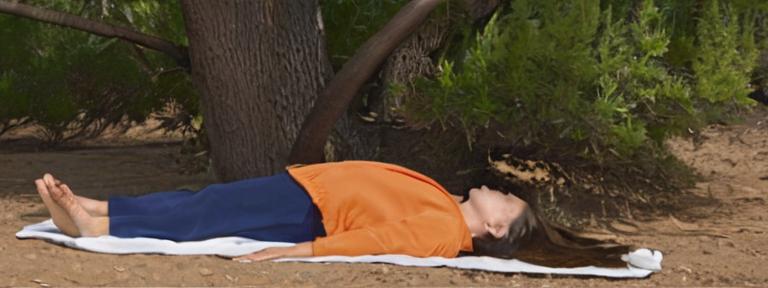Understanding Heatstroke and Sun Overexposure
Heatstroke and sun overexposure are serious conditions that can occur due to prolonged exposure to high temperatures or excessive sunlight. This article aims to provide a comprehensive guide on first aid measures for these conditions.
Definition of Heatstroke and Sun Overexposure
Heatstroke is a life-threatening condition characterized by a failure of the body’s heat regulatory system. Sun overexposure, on the other hand, refers to skin damage due to excessive sunlight exposure.
Causes
Physiological Factors
Heatstroke occurs when the body is unable to cool down effectively. This can be due to factors such as high ambient temperature, humidity, dehydration, or physical exertion.
Dehydration and Physical Exertion
Prolonged exposure to heat without adequate fluid replacement can lead to dehydration. Similarly, intense physical activity in hot conditions can increase the body’s core temperature significantly, leading to heatstroke.
Environmental Factors
Sun overexposure is primarily caused by excessive sunlight exposure. This can occur due to prolonged sunbathing, working outdoors without proper protection, or being in reflective environments such as snow or sand.
UV Radiation and Reflection
Ultraviolet (UV) radiation from the sun is primarily responsible for sun overexposure. Additionally, surfaces like water, snow, and sand can reflect UV radiation, increasing the risk of exposure.
Symptoms
Heatstroke Symptoms
Symptoms of heatstroke include high body temperature (above 104°F or 40°C), rapid, strong pulse, dizziness, confusion, agitation, nausea, and eventually unconsciousness.
Sun Overexposure Symptoms
Symptoms of sun overexposure include redness, pain, swelling, blistering, and peeling of the skin. In severe cases, it can lead to heatstroke due to dehydration.
First Aid Measures
Heatstroke First Aid
In case of suspected heatstroke:
Cooling Down
Immediately move the person to a cool place. Remove excess clothing and apply cool, wet cloths or ice packs to the armpits, neck, groin, and underarms.
Hydration
If the person is conscious, give them water or other fluids to drink. However, avoid alcohol and caffeine.
Medical Attention
Seek medical attention immediately as heatstroke can be life-threatening. Do not attempt to give the person any medication unless instructed by a healthcare professional.
Sun Overexposure First Aid
In case of sun overexposure:
Cooling Down
Apply cool water to the affected area for relief. Do not apply ice directly as it can cause further damage.
Moisturizing and Protecting
Apply a moisturizer or aloe vera gel to soothe the skin. Always protect the affected area from further sun exposure by wearing loose, protective clothing and using a broad-spectrum sunscreen with an SPF of at least 30.
Medical Attention
If the symptoms worsen or spread, seek medical attention. In severe cases, blisters may require medical treatment to prevent infection.
Prevention
Heatstroke Prevention
Prevent heatstroke by staying hydrated, taking regular breaks in air-conditioned environments, wearing light, loose clothing, and avoiding outdoor activities during peak sunlight hours.
Sun Overexposure Prevention
Prevent sun overexposure by applying a broad-spectrum sunscreen with an SPF of at least 30, wearing protective clothing, and seeking shade during peak sunlight hours.
Conclusion
Understanding first aid for heatstroke and sun overexposure can be crucial in emergency situations. Always prioritize prevention by staying hydrated, protecting yourself from the sun, and seeking medical attention when necessary.


